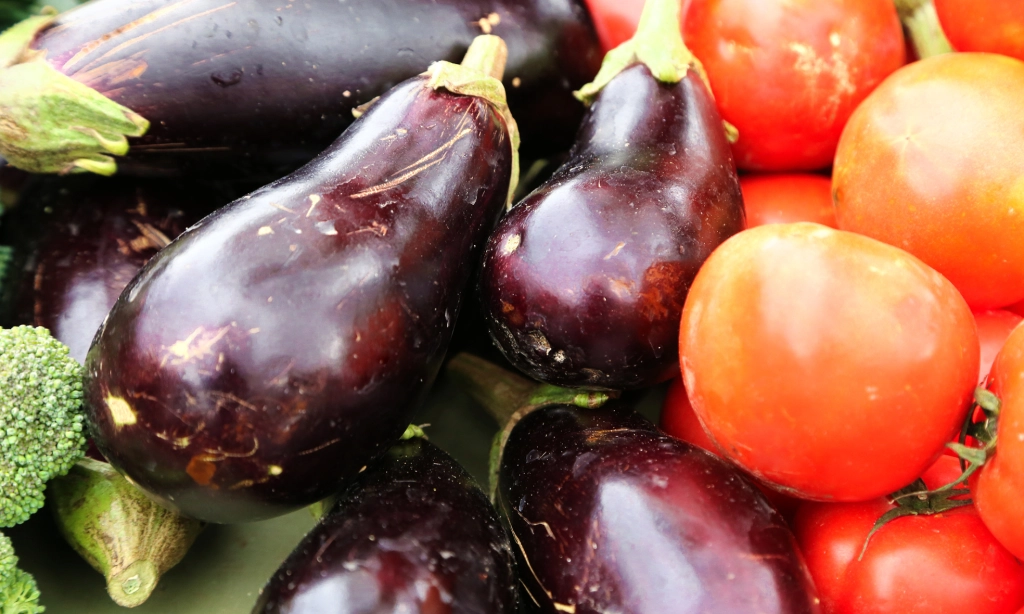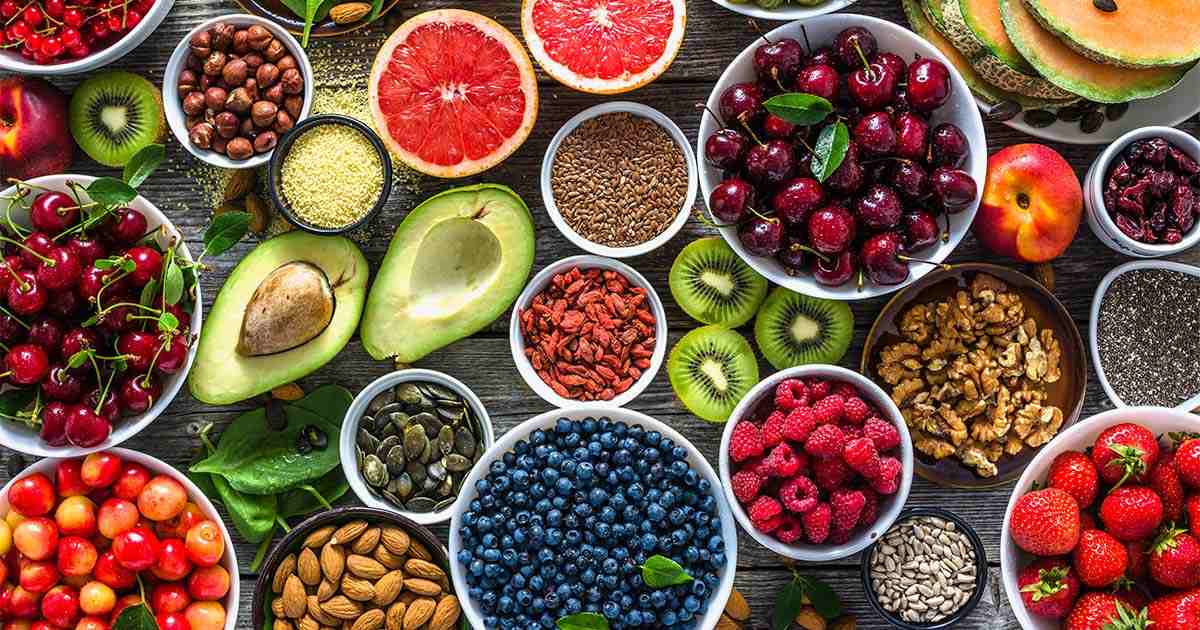Researchers have long recognized a correlation between eating red fruits and vegetables and improved health. Now they know the reason: the phytonutrient called anthocyanin.
Though difficult to pronounce, anthocyanins are not hard to find and are some of the most heart-healthy foods you can add to your diet.
Occurring naturally in a number of foods, anthocyanins are the pigments that give red, purple and blue plants their rich coloring.
Basically, any fruit or vegetable that is red, purple, blue or even black will contain this compound. Some great sources include:
- Plums
- Beets
- Cherries
- Raspberries, strawberries and blueberries
- Black olives
- Pomegranates
- Red and purple grapes
- Black beans and kidney beans
- Red peppers
- Red cabbage
- Watermelon
Ready for a fun fact? The reason some health professionals tout the benefits of red wine and cocoa is primarily due to effects of the anthocyanin in those foods!
What are the benefits?
Well, scientists have discovered that there are many benefits to consuming anthocyanin, including a reduction in cardiovascular disease, lowered cholesterol, reduced obesity, improved cognitive function, protection against viral infections (like COVID-19) and even cancer prevention.
They’re one of the most heart-healthy and overall healthy foods! If that is not enough motivation, they taste great, too.
The American Heart Association and American Stroke Association recommend eating anthocyanin-rich foods daily for a heart-healthy diet, but even three servings per week can be beneficial.
Here are a few easy ways to add anthocyanin to your diet:
- Top your yogurt with a handful of blueberries
- Sprinkle pomegranate seeds on your salad
- Have a black bean burrito for lunch
- Add chopped red cabbage or red onion to tacos
- Substitute eggplant for meat in lasagna and other dishes
- Add black olives to your pasta salad
- Enjoy a baked sweet potato or purple potato
- Choose purple cauliflower over white cauliflower
Simple swaps such as these can make all the difference in your health. Eat a red-hued snack today, and your heart will thank you!
While the foods in this article are generally associated with a healthy-heart diet, it may not be advisable for everyone to follow. Please consult your physician before making any big changes to your diet or lifestyle.
Social Share
At Enhabit our patients are our number one priority. From providing the latest medical practices to building deep personal connections, we’re focused on upholding every patient’s dignity, humanity and sense of control on their health care journey.
Home health
Our home health services give patients access to the care they deserve in the comfort of their own homes. From disease and injury management to recovery from surgery, our clinicians help patients confidently achieve their healthcare goals.
Hospice care
Our hospice care services place importance on the comfort of every patient living with a terminal illness. Our caring professionals are dedicated to providing not just physical care, but spiritual and emotional support to every patient and their loved ones.

 Back to Resource library
Back to Resource library




